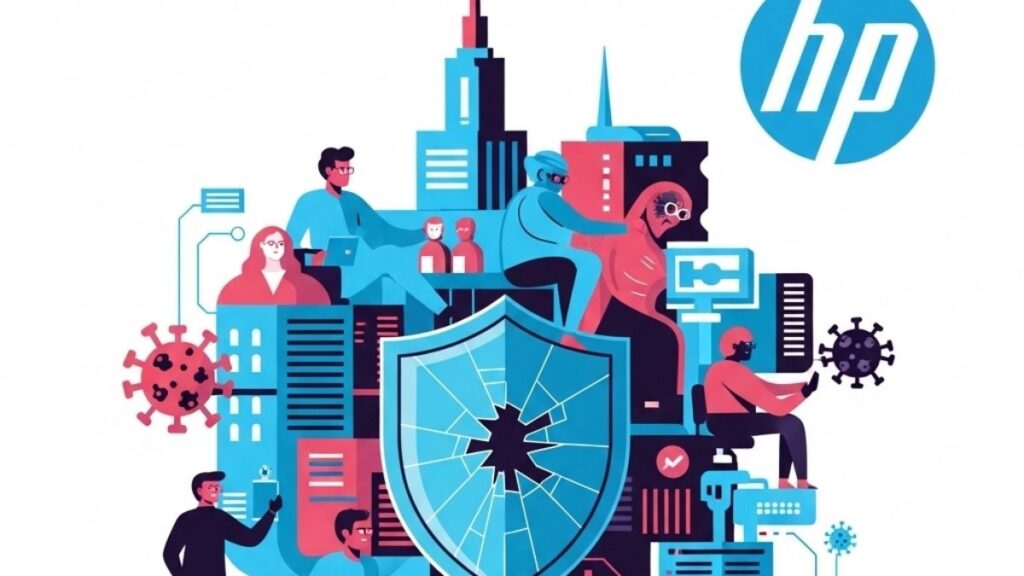Gaining insight into cybercriminal activity is no mean feat. Cybercriminals are notoriously secretive, so we must rely on industry research. For example, the yearly Verizon Data Breach Investigation Report explores the latest security incidents and breach trends, the World Cybercrime Index identifies the world’s critical cybercrime hotspots, and the VIPRE Email Threat Trends Report offers unparalleled insight into the email threat landscape.
With this in mind, and considering that VIPRE just released its latest report, this article will explore some of the key takeaways from VIPRE’s Email Threat Trends Landscape Report for Q2 2024. Keep reading for the latest insights into the email threat landscape and tips on protecting your organization.
Traditional Solutions No Longer Cut It
As much as it may be difficult to admit, many cybercriminals are pretty good at what they do. This quarter’s Email Threat Trend Report is a definitive report of this fact: email threat actors are changing tactics to circumvent traditional email security solutions.
When a vendor or security researcher discovers a piece of malware, they assign it a signature based on its unique code and save it in a database. Traditional email security solutions use these signatures to detect malware. However, cybercriminals have begun developing malware that can hide or change its code and create new malware for each attack, meaning traditional solutions fail to detect them.
In Q2 2024, VIPRE discovered a 74% increase in malicious links – the primary delivery method for non-signature-based attacks – which likely indicates that attackers are switching to techniques that traditional security solutions cannot identify.
Easy-to-Catch Malicious Attachments Come, Easy-to-Catch Malicious Attachments Go
In Q2 2023, VIPRE detected 5.6 million spam emails containing malicious attachments. By Q2 2024, this number fell to 2.31 million. However, the number of malicious attachments caught by VIPRE’s attachment sandboxing tools more than doubled, rising from 90,000 to 186,000.
Again, we can attribute this discrepancy to cybercriminals changing their tactics to bypass traditional security solutions. The discrepancy indicates that cybercriminals are eschewing easy-to-catch malicious attachments in favor of more advanced ones that, as it stands, only attachment sandboxing solutions can detect.
Email Threat Attack Targets: Shifting Sectors
The sector targeted most by email attackers has changed significantly in the past year. In 2023, the Finance sector suffered the most, taking 25% of the hits. By the end of Q1 2024, Manufacturing had taken the lead, with cybercriminals launching 43% of email attacks in the sector. In Q2 2024, Manufacturing still holds its unenviable lead, but not by much: that number has fallen to 25%.
Perhaps more interestingly, however, are the runners-up. The Retail sector, which didn’t even make the yearly list in 2023, has stormed into second place with 20%. Despite only representing 1% of last year’s totals, the Real Estate sector emerged in Q2 2024 as a favorite target for email attackers, making up 11% of the quarterly total. Similarly, agriculture has emerged from the doldrums and received 7% of Q2’s email attacks.
VIPRE posits that these changes have occurred because cybercriminals have turned away from more traditional targets – former leaderboard toppers like Finance and IT – and towards industries generally seen as less cyber-aware. After years of facing the lion’s share of email attacks, traditionally targeted sectors are more complicated to fool, so email attackers have begun targeting their less email-threat-savvy counterparts.
Organizations Face an Onslaught of BEC Scams
Contrary to popular belief, Business Email Compromise (BEC) scams are more costly than ransomware. By a wide margin, the FBI’s Internet Crime Report found that, in 2023, BEC scams resulted in adjusted losses of more than $2.9 billion, while ransomware only accounted for $59.6 million.
A BEC scam is a cyber-attack that targets organizations and individuals by exploiting email communication. In a BEC scam, fraudsters use social engineering tactics to manipulate victims into making unauthorized payments or disclosing sensitive information.
VIPRE’s Q2 2024 research found that 49% of all detected spam emails were attributable to BEC scams. Moreover, BEC scams grew 20% in Q1 and Q2 2024 compared to the same period in 2023.
In the report, VIPRE argues that the rise of BEC scams can be broadly attributed to the proliferation of Generative AI tools. GenAI technologies allow email attackers to craft convincing BEC scams at a previously unprecedented scale. VIPRE reports that 40% of detected BEC scams were AI-generated.
Phishing Scams: Don’t Take the Bait
VIPRE’s Email Threat Trends report also identifies the key indicators of a phishing scam. Perhaps unsurprisingly, phishers spoofed Microsoft most often in Q2 2024, as they have almost every other quarter of the year. Little has changed in the “Big 3” of spoofed brands: Apple and DocuSign retained their positions as silver and bronze medalists, respectively.
One thing that did change, however, was that cybercriminals are more often spoofing financial brands like Vipps, PayPal, HSBC, and BankID. To summarize, users should be extra wary of emails from major technology and financial organizations.
Conclusion
The key takeaway here is that the email threat landscape is constantly changing. To truly protect themselves from email threats, organizations must remain vigilant of attackers’ changing techniques, tricks, and targets and implement the latest technologies and tools. Email attackers are changing their tactics, so we must change with them.
- Best Practices for Securing Open Ports Identified by Nmap - September 23, 2024
- Passwordless Authentication: Enhance UX, Bolster Security - September 6, 2024
- Changing Tack: Email Threat Trends in Q2 2024 - August 8, 2024



